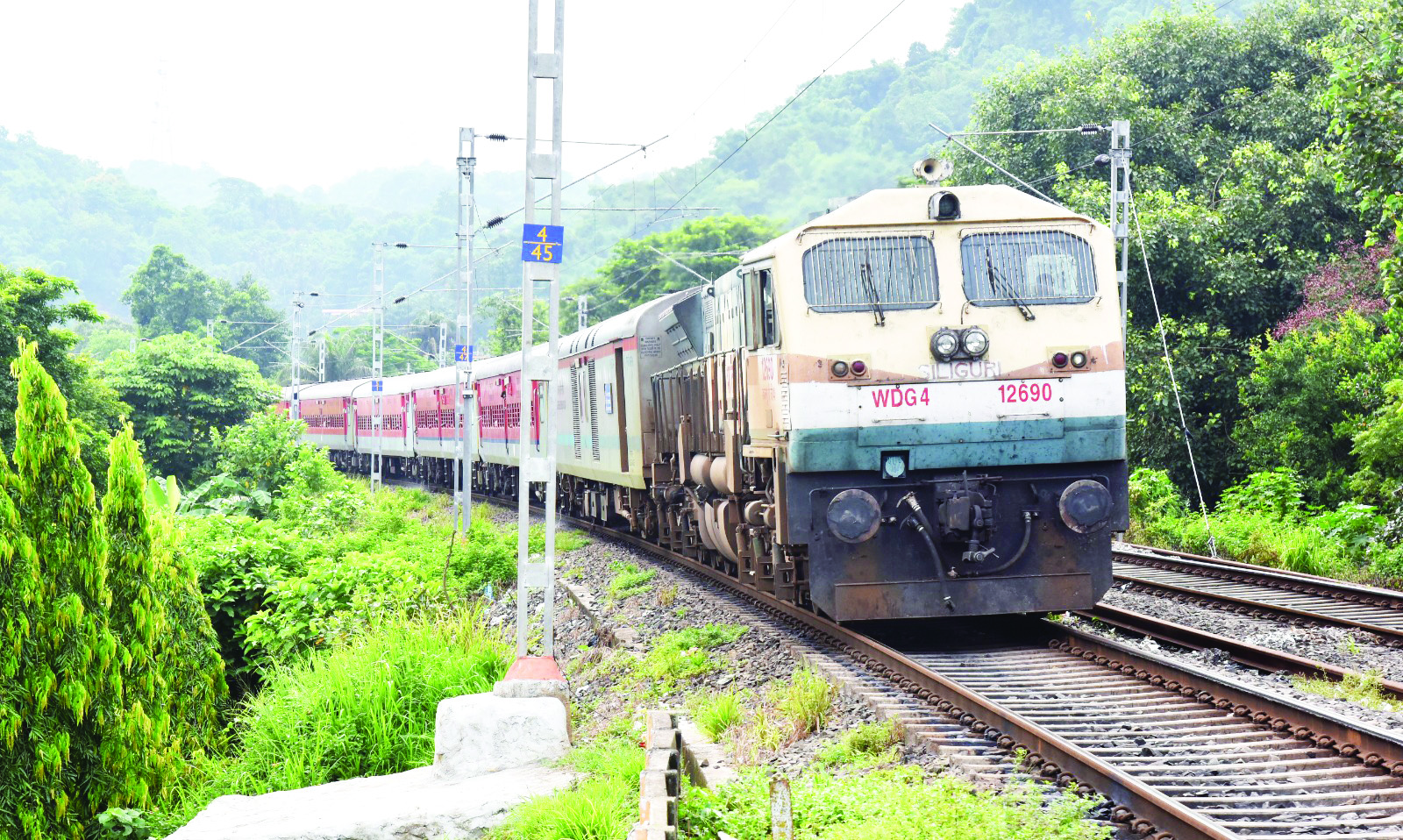Govt shifts focus from DFC project to railway network enhancement

NEW DELHI: In a recent development, the incumbent Modi government made a strategic decision to abandon the proposed 538-kilometer-long Sonnagar-Dankuni section of the Eastern Dedicated Freight Corridor (DFC) project. Instead, the focus will now be on laying the third and fourth tracks on the existing railway line between Sonnagar and Andal. This move has not only reduced the planned distance by 163 kilometres but has also cast uncertainty over the fate of other projects within the DFC.
Addressing the media on Wednesday, rail minister Ashwini Vaishnaw clarified that the Sonnagar-Andal track integration with the Indian Railways network is aimed at enhancing railway capacity and facilitating smoother operations. The expansion of interlinking between the Eastern DFC and the Indian Railways network will encompass an additional 18 locations, a step towards optimizing the utilization of both networks.
Initially, the Eastern DFC’s blueprint involved the construction of a rail line spanning 1875 kilometres, connecting Ludhiana in Punjab to Dankuni in West Bengal. The 538-kilometre Sonnagar-Dankuni section was earmarked for development through a private-sector partnership (PPP) arrangement. However, despite numerous adjustments in conditions by the rail ministry, private investment failed to materialize due to specific challenges.
The Dedicated Freight Corridor Corporation of India (DFCCIL) website reveals that the length of the Eastern DFC has now been revised down to 1337 kilometres, with an impressive 92 per cent completion rate. In contrast, the Western DFC, covering a distance of 1506 kilometres, has seen 87 per cent of the work accomplished. The year-end target for operational readiness up to Vaitarana, spanning around 1400 kilometres, is set for December.
Railway experts posit that the government’s decision was influenced by the prospect of substantial land acquisition costs associated with the original DFC plan. Instead, leveraging the existing Indian Railways network to lay tracks represents a more cost-effective alternative.
Back in 2018, the Railway Board took a definitive stance by deciding that any additional third or fourth lines integrated into the country’s existing railway routes would adhere to DFC standards. This forward-looking directive is now reportedly being executed.
Notably, within the DFC framework, freight wagons laden with 5000 tons and boasting a 32.5-ton per axle load are capable of achieving speeds exceeding 100 kilometres per hour. Technical railway experts highlight the potential for passenger trains to attain speeds surpassing 300 kilometres per hour on DFC lines, a significant leap in modern railway capabilities.
As the government shifts its priorities towards optimizing existing rail infrastructure and promoting more efficient cargo transportation, the decision regarding the Sonnagar-Dankuni section reflects a strategic manoeuvre aimed at enhancing the country’s railway network.



